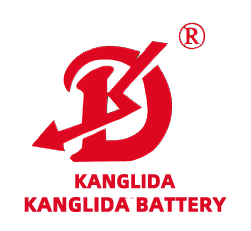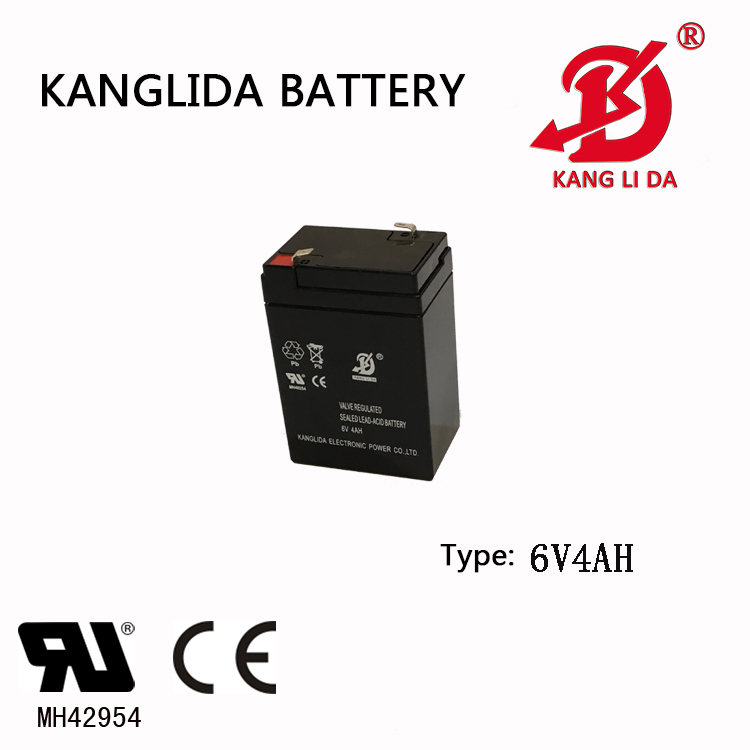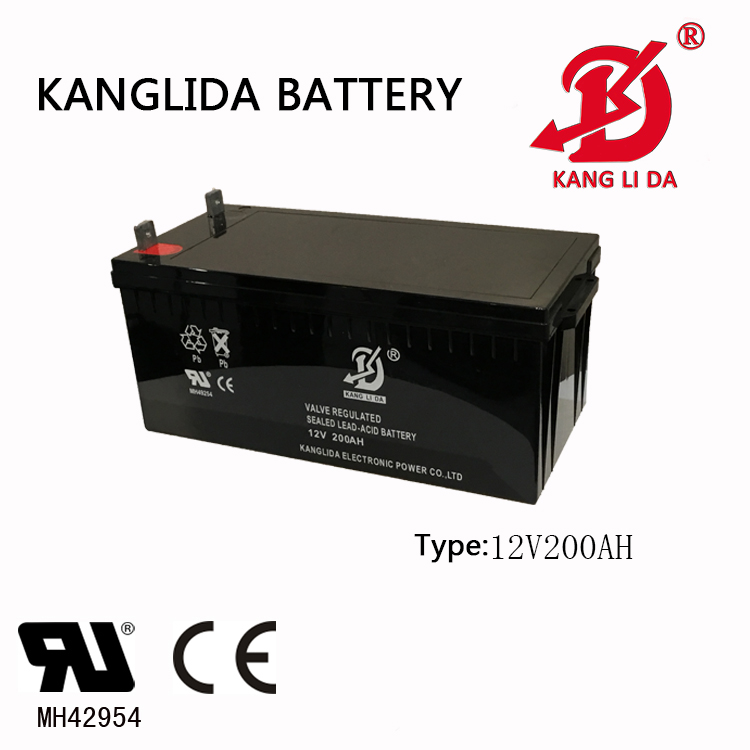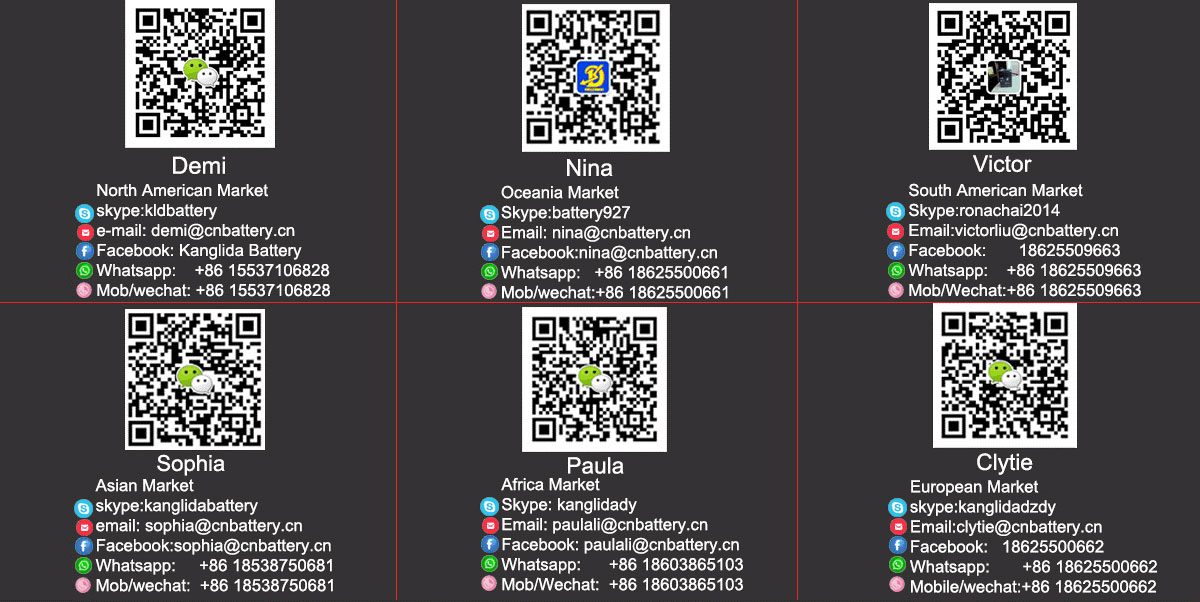
Zhengzhou Kanglida Electronic Power Co., Ltd., founded in 2000, professional development, production, sales of 2 v, 4 v, 6 v, 12 v four series and maintenance-free lead-acid battery, gel battery and electronic charger, etc. Products are widely used in security alarm system, fire alarm system, building intercom system, elevator emergency evacuation system, emergency lights, antenna, power sprayers, electronic said, children, cartoon gas mould, washing machine, rotary table, parking lock, flashing lights, traffic lights, dc panel, solar energy, wind energy, UPS, EPS, etc for electrical system.
Below conlida electron gives you an introduction to the underwater therapy in the lead-acid battery repair method and principle of application.
Mainly through the sulfide plate in pure water charge, is the gradual dissolution of sulfates and excluding the battery. Concrete is poured out electrolyte, change for pure water, with 0.05 C or so charging current, charging more than ten hours, then pour out the electrolyte, change for pure water, charge - discharge - charge - discharge repeatedly several times, by the dozens of hours or even more than 10 days, the last under the condition of sufficient electricity with slightly higher density adjustment inside the battery electrolyte electrolyte density to the density of standard solution, the general phenomenon of sulfide can be lifted, think back to more than 80% capacity restoration success.

This law mechanism, reduces the solution of lead sulfate saturation of water, reducing the solubility product improve the sulfate acid density, take small current charging for a long time in order to reduce the ohmic polarization delay water decomposition voltage appears early, the final cure phenomenon in dissolved and transformed into active substances to reduce or eliminate gradually, according to this theory, if with large current charging, battery temperature control at 45 ℃ or so, and oscillation can increase the solubility, lead sulfate accelerate electrochemical reaction rate, in addition to sulfur effect is more obvious.
This method for open type battery is applicable for curing serious phenomenon can be repeated, without a investment of equipment repair, the disadvantage is that process is too complicated, do not apply to sealed battery.
Most battery manufacturers produce batteries that pass the test according to national standards, and the average life should be around three years. The reality is that many batteries fail to charge when they are in use for a year or so. Based on a lot of experience, then the battery is in commonly used 8 months of age, water shortage will occur and another 2 months, which is 10 months, may appear sulfide phenomenon, this time is the best opportunity to battery repair. If the battery repair, reuse, after a period of time, there will be lack of battery sulfide, the process is for a repeat of the process, time also basic is eight months or so. Theoretical analysis and practice show that it is normal to use the battery for 6-8 months after complete repair.

The battery repair method is very important, best method is to add distilled water, sulphur removal by pulse method to repair, according to the actual situation of the battery do other technology processing, that is the real condition of repair. In this not easy to add chemical reagents, because it can change the components inside the cell and cause damage to plate, it is the effect of short-term, and easy to cause problems such as thermal runaway, causing battery completely discarded.
In addition, the practice proves that any method combined with pulse mode will be beneficial to improve the repair effect.
Message





